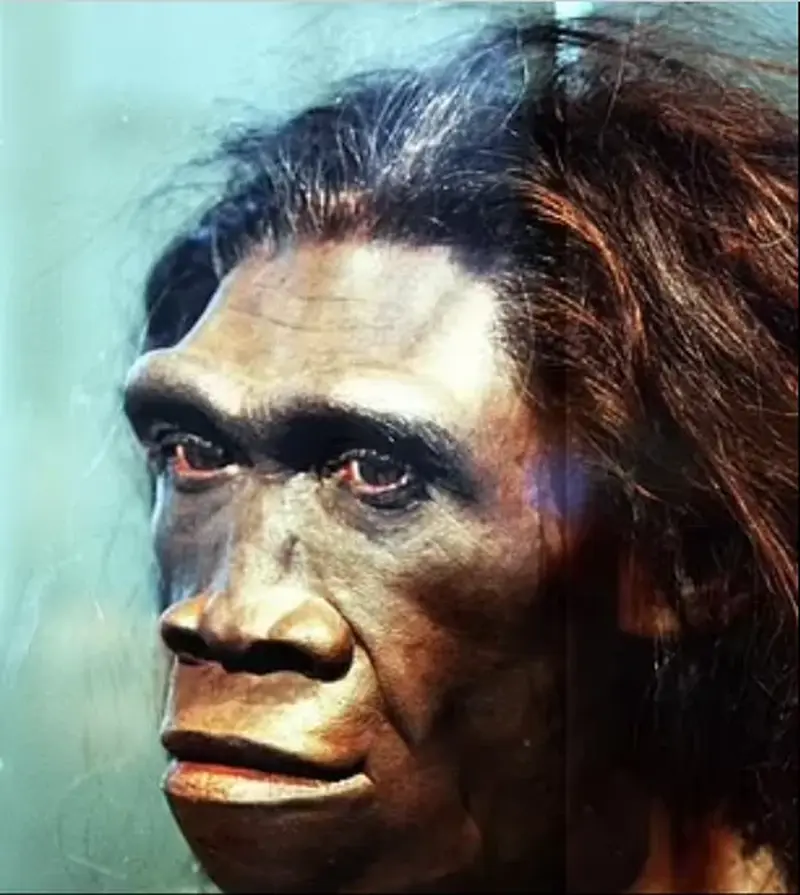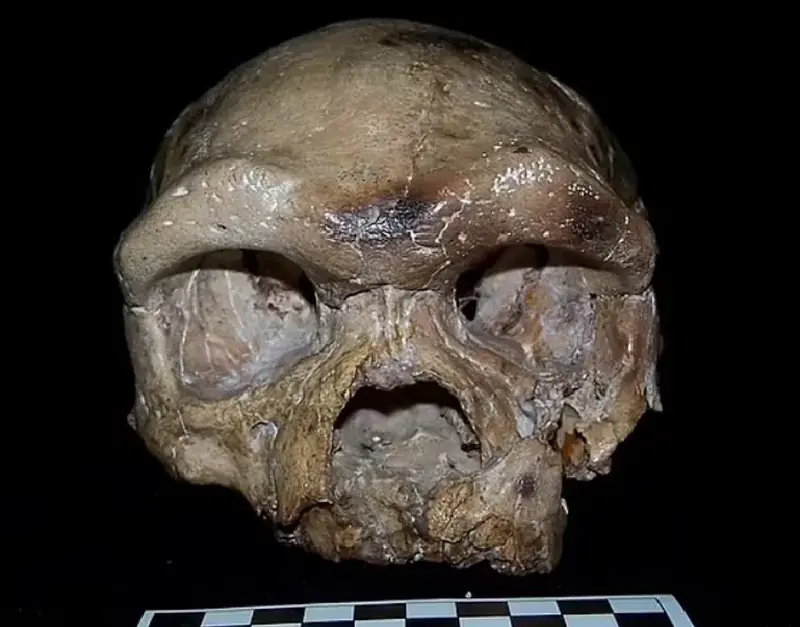Chinese evolutionary biologist Huang Shi suggested that evolution The emergence of humans began in East Asia, where fossils have been found that date back to an earlier period than those in Africa.
At the core of his theory is the concept of maximum genetic diversity (MGD). According to this, complex species are more likely to have lower genetic diversity. And since East Asian populations have the least genetic diversity, they are most likely the true ancestors of modern humans.
Dr. Juan Shi also claims that ancient Europeans They were much closer to the inhabitants of East Asia in both paternal and maternal genetic structure. According to this logic, archaeological findings of ancient people who have the greatest genetic similarity both with each other and with the broader current human race are the most likely candidates for the origin of the human species.

Facial reconstruction based on the skull of an ancient human found in China.
What else did the scientist report?
Dr. Shi, who was a professor at the Medical Genetics Center of Central South University in Hunan before retiring, faced years of rejection for his theory. The researcher first presented it at an international scientific conference in 2016. However, after the journal Prehistoric Archaeology published the scientist’s groundbreaking article, his colleagues have increasingly questioned his hypothesis less frequently.
Juan Shi noted that if the African origin model were correct, then DNA European samples aged 45,000 years would correspond more closely to ancient African DNA.
“Ancient DNA of the earliest humans found in Europe showed greater similarity to Asians than to Africans,” emphasized Dr. Shi.
According to him, the reason his theory is true is that more complex organisms, such as humans, require a significantly larger number of their DNA parts to work in harmony. This means that mutations, which act as genetic improvisations, have fewer opportunities for survival.
“The MGD hypothesis is innovative, yet at the same time controversial,” says anthropologist Herman Dzibel from Stanford University (USA). According to him, the MGD concept, and thus the theory of the origin of the first humans from East Asia based on this concept, “has potential and requires further development.”
Instead, Dr. Shi noted that evidence obtained from other academic disciplines, such as linguistics and kinship anthropology, also supports his theory. Take, for example, the analysis of the remarkably complete “Dali skull,” discovered in 1978 in Dali County, located in the Chinese province of Shaanxi.

This skull Dating back 260,000 years, it was thoroughly studied by experts from Texas A&M University and the Chinese Academy of Sciences in 2017.
Ultimately, researchers stated that he shares many common traits with modern humans, the publication reported. Daily Mail Scientists have found that the “Dali skull” is very similar to what was once considered the earliest known fossil of Homo sapiens, discovered in Morocco.
Instead of arguing about the African and East Asian origins of the first humans, these researchers tried to find a compromise.
“I believe that the flow of genes could have been multidirectional, so some traits observed in Europe or Africa may have originated in Asia,” said Sheila Atreya, a professor of anthropology at Texas A&M University, in an interview with New Scientist magazine.
“Supporters of the African origin theory are essentially silent now, as they have made no progress in the last ten years,” said Dr. Shi.
